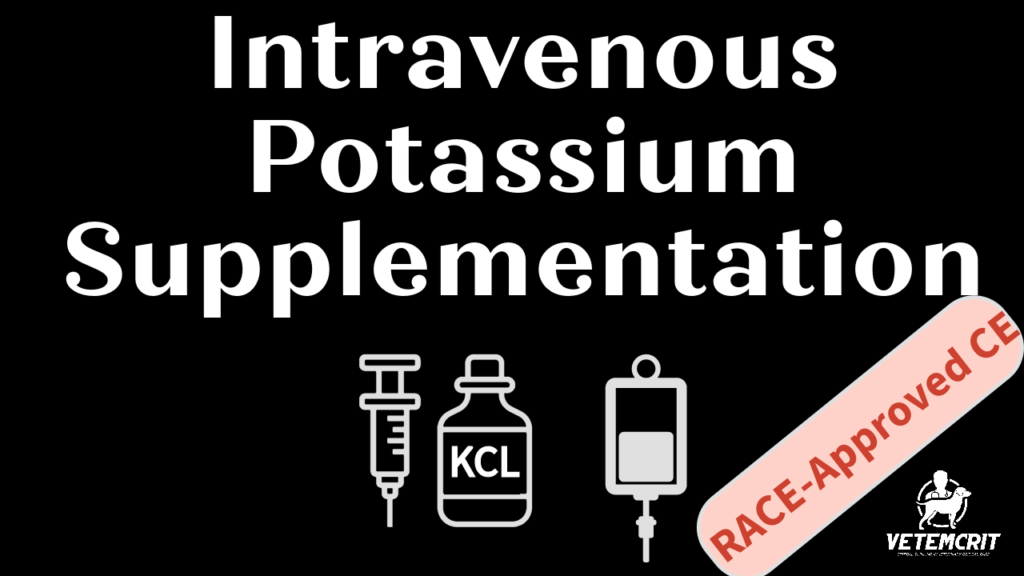Hypoadrenocorticism (i.e., Addison’s disease) is an important differential for hypercalcemia. The etiology of hypercalcemia in hypoadrenocorticism in dogs is unclear. Hall et. al (JVIM 2023) wanted to find out the prevalence and factors associated with hypercalcemia in this population of dogs by performing a multicenter retrospective observational study at the 4 UK referral hospitals. They analyzed data from 110 dogs and found that about 34.5% of the dogs with Addison’s had either total and/or ionized hypercalcemia. The odds of hypercalcemia were increased (P < .05) in dogs with classic Addison’s (deficient in both mineralo- and glucocorticoids), higher serum creatinine, and higher serum albumin. The odds of ionized hypercalcemia were increased (P < .05) with reduced serum potassium concentration and younger age.
Various possible mechanisms for hypercalcemia have been described including hemoconcentration, reduced glomerular filtration rate/reduced urinary excretion of calcium, and metabolic acidosis. The authors did a good job with statistical analysis where they performed a multivariate logistic regression analysis that allowed them to reduce the impact of various confounding variables on the final association results. The main limitations of this study included the following:
- Only 43/110 dogs had available ionized calcium measurements;
- There were no PTH/Vitamin D measurements performed; therefore, other etiologies of hypercalcemia could not be ruled out.
How would you treat hypercalcemia in dogs with Addison’s disease?
- Correct hypovolemia and dehydration. NaCl 0.9% is the most commonly recommended crystalloid solution to treat hypercalcemia which is related to its higher sodium content. Sodium ions may compete with calcium at the level of renal tubules, which will decrease its rate of reabsorption. That said, the ultimate choice of crystalloid solution in Addisonian dogs with hypercalcemia may depend on the patient’s sodium concentration and the rate of hyponatremia correction. As you may remember, animals with chronic hyponatremia may develop osmotic demyelination syndrome if their plasma sodium concentration increases too rapidly (i.e. >10-12 mmol/L/day).
- Glucocorticoids that are used to treat Addison’s disease may decrease bone resorption by inhibiting osteoclast maturation and decreasing numbers of calcitriol receptors in bone. They may also reduce intestinal calcium absorption by antagonizing the effects of vitamin D on the intestine.
- There are several other treatment options available for treatment of hypercalcemia in dogs and cats (see below), but in the majority of cases, fluid therapy and steroids alone will correct hypercalcemia in dogs with hypoadrenocorticism. It is generally not recommended to use furosemide as a treatment choice for hypercalcemia in patients with hypoadrenocorticism.

Other therapeutic options for treatment of hypercalcemia:
- Loop diuretics such as furosemide (not recommended in dogs with Addison’s disease)
- Bicarbonate administration (transient effect)
- Calcium-chelating agents
- Extracorporeal therapies such as intermittent hemodialysis or continuous renal replacement therapy
- Bisphosphonate agents such as pamidronate (usually, only reserved for animals with refractory persistent hypercalcemia).
The Bottom Line
One of 3 dogs with Addison’s disease will be hypercalcemic. The presence of hypercalcemia will further increase my index of suspicion for Addison’s disease in dogs with Na/K ratio < 27. If hypercalcemia persists despite correction of dehydration, metabolic acidosis and supplementation with gluco- and mineralcorticoids in a patient with Addison’s disease, a PTH/vitamin D panel submission and further work-up (e.g. to rule out neoplasia) may be warranted.

References
Hall H, Williams T, Florey J, Moreno MP, Black V, Thompson D, Skelly B. Prevalence of hypercalcemia in primary hypoadrenocorticism in dogs: Multicenter, retrospective study. J Vet Intern Med. 2023 Sep-Oct;37(5):1685-1693. doi: 10.1111/jvim.16786. Epub 2023 Jun 29. PMID: 37382221; PMCID: PMC10472996.
DiBartola, S. P. (2012). Fluid, Electrolyte, and Acid-Base Disorders in Small Animal Practice.

